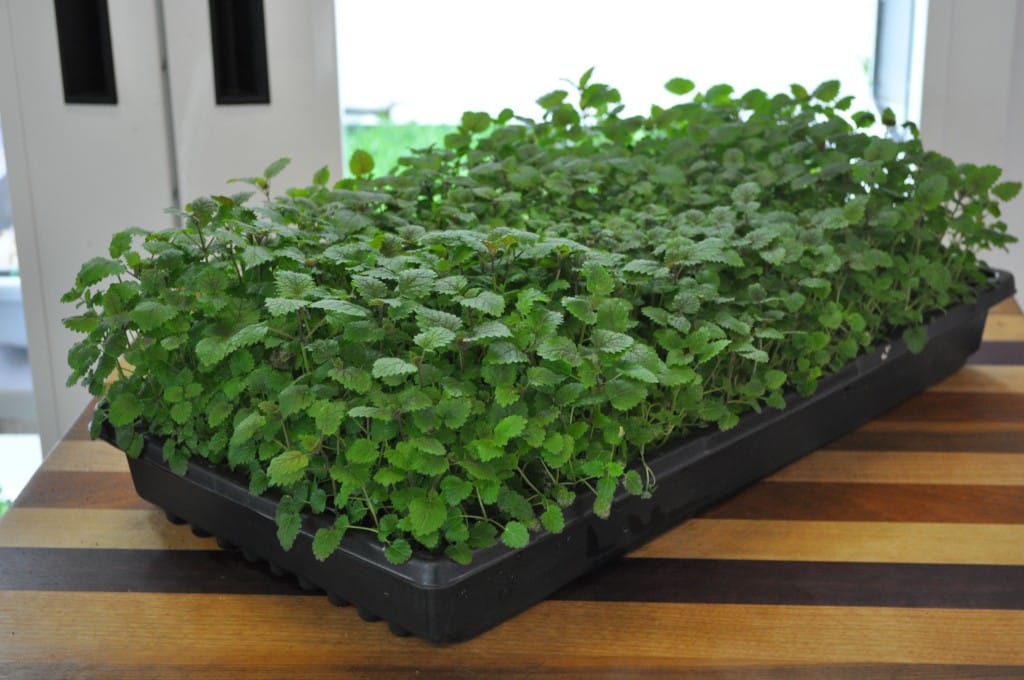26 Sep How To Grow Lemon Balm

Lemon Balm is true to its name having a very distinct lemon scent and flavor. Among many things it is a stunning garnish especially for sorbet!
Medicinal and Nutritional Benefits
Lemon balm (Melissa officinalis), is a flavorful member of the mint family, is considered a calming herb. It was used as far back as the Middle Ages to reduce stress and anxiety, promote sleep, improve appetite, and ease pain and discomfort from indigestion (including gas and bloating, as well as colic). Even before the Middle Ages, lemon balm was steeped in wine to lift the spirits, help heal wounds, and treat venomous insect bites and stings. Today, lemon balm is often combined with other calming, soothing herbs, such as valerian, chamomile, and hops, to help promote relaxation. It is also used in creams to treat cold sores.
Culinary Uses
Lemon Balm has a delicate lemon flavor, and can be used in many dishes. The fresh leaves of the lemon balm plant can be used eye-catching garnish. The chopped fresh leaves of lemon balm can be tossed into a salad or added to a dish to add a lemony zest to sweet or tangy dishes.
Lemon balm is a wonderful addition to fruit salads, herb butters, fruit drinks, and sorbets. It can also be used in many egg dishes, custards, a variety of soups and casseroles. Lemon Balm makes a great addition for stuffing for poultry, lamb or pork. Its subtle flavor is a perfect for sauces and marinades for fish. Lemon balm combines well with many spices including chervil, pepper, thyme, and parsley.
Fun Fact
Lemon balm is great for attracting bees to your garden. Its Latin name, Melissa officinalis comes from the Greek word “melissa” which means “honey bee”.

